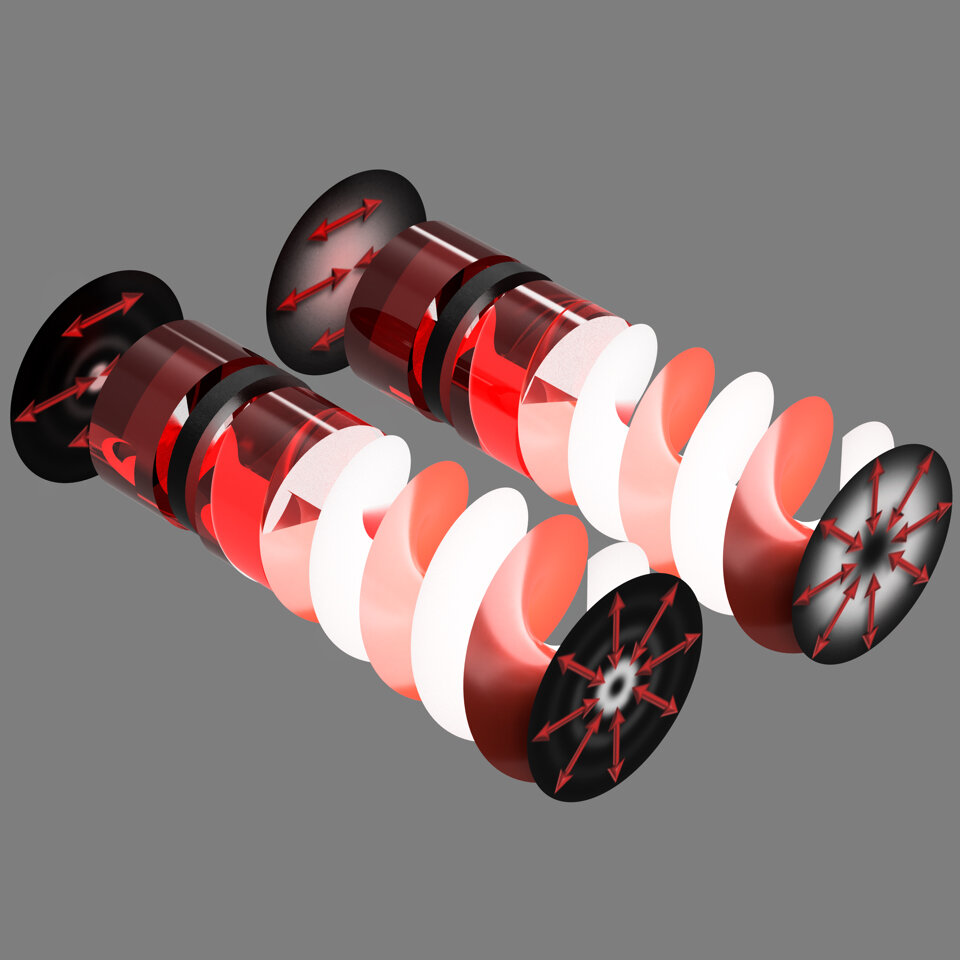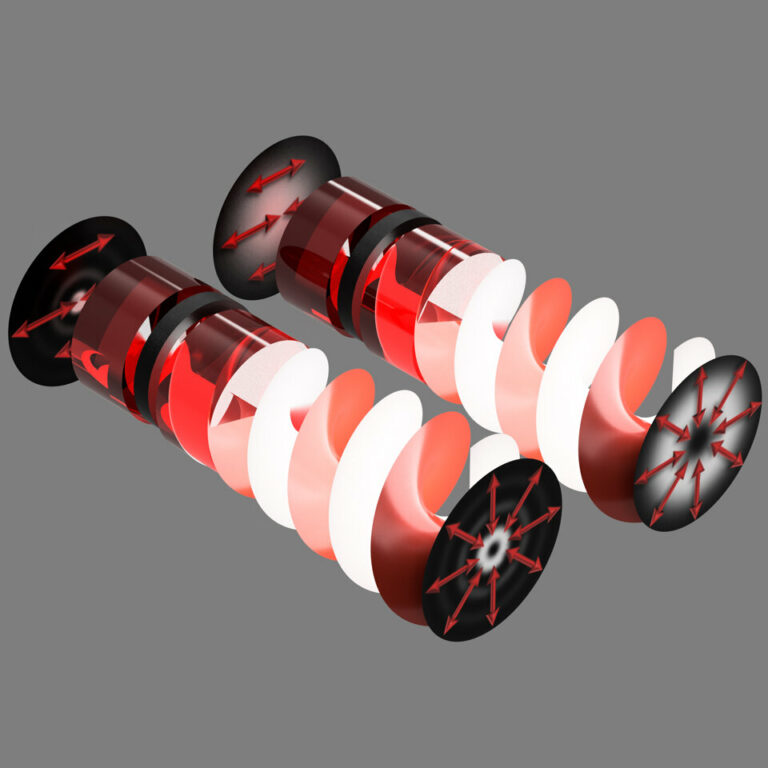Structured Light Paves the Way for Accelerated and Secure Communication Paths
“Structured light, an intricate representation of light through patterns or images, holds the potential for revolutionizing future communication systems by making them both swifter and more secure.
In an article published in AVS Quantum Science, researchers from the University of Witwatersrand in South Africa delve into the advancements made in incorporating structured light in quantum protocols. This approach aims to expand the encoding alphabet, enhance security, and fortify resistance to noise, marking a significant stride in the ongoing evolution of quantum mechanics.

Author Andrew Forbes emphasizes the desire to apply structured light patterns in quantum mechanics, akin to using unique facial features. Unlike traditional quantum protocols relying on light polarization with only two values, patterns of light offer a diverse and potentially infinite set of patterns, forming an expansive alphabet for information encoding.
Structured light, as a pathway to high-dimensional states, surpasses the limitations of polarization, providing a more extensive toolkit for quantum processes. Forbes notes the challenges in managing these patterns, including their distortion in the atmosphere and optical fibers during transmission, and the current inefficiency in information extraction due to the need for numerous measurements.
Recent achievements in quantum science include demonstrations of entanglement swapping with spatial light modes, the implementation of high-dimensional quantum key distribution protocols for secure communication between nodes, and the construction of multiparty high-dimensional states for quantum computers.
However, the control of multiple entangled photons in high dimensions remains a complex task. Forbes and co-author Isaac Nape have contributed to the field by pioneering hybrid states, combining patterns with polarization for more efficient protocol implementation. This innovative approach allows access to multidimensional states, presenting a promising avenue for establishing a quantum network based on structured light patterns.”
This article is republished from PhysORG under a Creative Commons license. Read the original article.
Do not forget to share your opinion with us to provide you with the best posts !




0 Comments